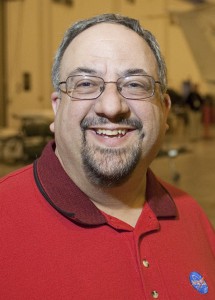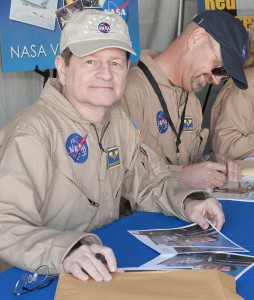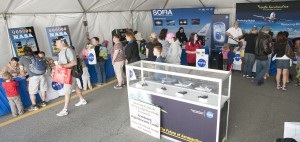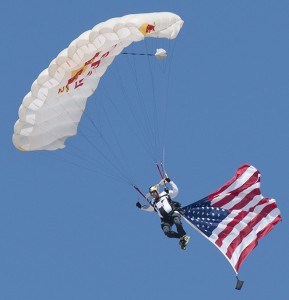By Jay Levine
Editor, The X-Press
NASA Armstrong Flight Research Center
The roar of the engines, the contrails in the sky and the awe I feel watching aircraft fly inspire me. My heart races, my blood pressure rises and I can feel the adrenalin pump as I watch a flight.
However, the reason I remain enthusiastic about aeronautics – specifically NASA aeronautics – is the people who work at NASA’s Armstrong Flight Research Center. I am an optimist and a dreamer, but I understand the constraints and realities. However, my enthusiasm is reignited like an afterburner nearly every time I talk with Armstrong employees. They love what they do and many will happily tell you about their work if you ask.
We may take NASA aeronautics for granted because we work at NASA Armstrong, but we have front row seats to the latest ideas in aeronautics. The people who are trying to bring that future to us are some of the best at what they do. They are our colleagues and friends and we are fortunate to see them reach new milestones.
It was with pride that I watched as Tim Williams wowed the crowd at the Los Angeles County Air Show with fantastic flybys in the ER-2 high-altitude research aircraft on Friday, March 21. Dean Neeley put on a similar ER-2 demonstration the following day. The Dodge Charger used to keep an eye on the high-flier for takeoffs and landings also was on display at the show.
A number of Armstrong pilots, flight-test engineers and employees signed autographs for lines of fans at the show that attracted as many as 100,000 people. All in all about 100 volunteers from the center contributed to the exhibit.
When NASA Armstrong research test pilot Frank Batteas talks about his job he explains, “I can’t imagine doing anything else.” After you talk with him for a few minutes you would probably understand why.
“There were some high school kids here yesterday who wanted to know how to get into flying,” Batteas explained. “The younger generation is really enthusiastic about airplanes. They also were enthusiastic about the projects I told them about and it was a great opportunity to give them insight into the aeronautics and science parts of NASA.”
The Blue Angels were one of the biggest draws of the two-day event. Ironically, NASA Armstrong’s F/A-18 No. 846, which was on display at the event, was formerly an aircraft flown by the Blue Angels.
I talked with a number of people who visited the NASA Armstrong exhibit and saw the row of five models in a display case that represent NASA aeronautics officials’ vision for the future. Young people were in awe of the concepts representing ideas like a supersonic business jet to ideas for more fuel efficient and environmentally friendly fliers. More experienced visitors shared that enthusiasm, adding that they hoped to see these concepts fly.
Al Bowers, newly selected as Armstrong’s chief scientist, talked to people at the exhibit about the use of subscale aircraft. He himself was inspired by an airshow that his father took him to at Point Mugu, Calif. He said he wasn’t even in kindergarten then, but his enthusiasm remains pure.
“When you are the very first person to ever see that data (from a flight) in the history of the universe, that is just the coolest thing,” Bowers said. “To see these data and figure something out that has never been seen or understood before is what it’s all about.”
The impact of Armstrong, formerly known as the Dryden Flight Research Center, was seen in the wide eyes of Brandon Darus, age 9. He checked out the F/A-18 at the NASA Armstrong exhibit and then spoke to Batteas. Batteas told the boy about the aircraft and signed a photo that no doubt will be added to Brandon’s collection of rocket and space shuttle models.
Ironically, his parents – Peter and Diana Darus – met at Dryden. Peter was a controls engineer of the F/A-18 HARV and Diana was a cooperative education employee.
No doubt there are challenges in aviation and NASA aeronautics. However, the people at NASA Armstrong are looking to develop the technology and tools to push the frontiers of aviation – and by virtue of the application to space systems –space flight as well. Don’t be surprised if when you meet some of us that you learn something you didn’t know about NASA and gain a touch of our enthusiasm.
View NASA Armstrong air show video at: http://bit.ly/1jVwlor




